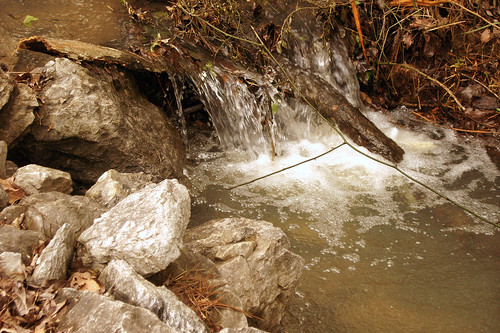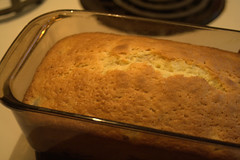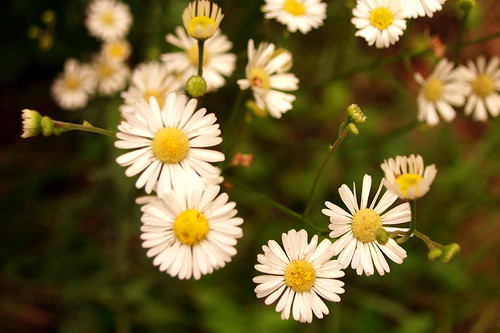I'm leaving town on Wednesday for Tennessee so it might be a while before I get to post again, so I wanted to get something up today. Enjoy!
Death Makes a Holiday: A Cultural History of Halloween by David J. Skal. © 2002 Bloomsbury Publishing. ISBN 9781582342306. Hardback. Sociology. 256 pages. Source: library book
 Synopsis
Synopsis:
Using a mix of personal anecdotes and brilliant social analysis, Skal examines the amazing phenomenon of Halloween, exploring its dark Celtic history and illuminating why it has evolved-in the course of a few short generations-from a quaint, small-scale celebration into the largest seasonal marketing event outside of Christmas.
Review: Death Makes a Holiday really does not start out well. The introduction to the book ('The Candy Man's Tale') tells the depressing story of a man who brought the tainted Halloween candy urban legend that every parents fears to life back in the 1970s. By swapping out the sugar in a “pixy” stick with cyanide, Ronald Clark O’Bryan murdered his own son and would have taken the lives of three more if their parents hadn’t sent them off to bed without candy. What a way to open a book, eh?
After that gloomy tale, I almost decided not to read it at all, but I’m glad I stuck with it because it did improve.
Chapter One ('The Halloween Machine') focuses on the origins of Halloween in Ireland and Scotland (and the evolution of the jack-o-lantern from turnip to pumpkin), and how it grew from a night to in which to pay respects to the deceased, to a night of candy and consumerist mayhem that we have today.
Chapter Two (‘The Witch’s Teat’) centers around the age-old archetype of the witch (though the chapter really seems to figure more heavily on the Salem Witch Trials and the commercialization of such a tragedy of American history more than anything else). This section also contains a good bit about the fight fundamentalist Christians put up every year to warn this nation of the “Satanic” dangers of this “evil” night [*insert big eye roll from reviewer*].
Chapter Three (‘Home Is Where the Hearse Is’) delves into haunted houses, the Halloween staple of America, by talking about some of the residences that go all out with lavish decorations (I tip by hat to you and your Exorcist display, Bruce Burns) and amazing props. Did you know the Playboy mansion spends about $500,000 every Halloween? Well, now you do.
Chapter Four (‘The Devil on Castro Street’) concentrates on culture wars, mainly that of the gay community. I had no idea that in the years following WWII it was illegal to knowingly or unknowingly sell liquor to a homosexual in California, and that the only night a year the local authorities lifted this ban was Halloween. There’s some very interesting stuff in this chapter for those interested in LGBT history and oppression. A good bit seemed to center around Harvey Milk, and it left me even more curious about the film and what it might possibly contain regarding the Halloween fights. Judgment Houses, the Christian equivalent of haunted houses, are also discussed here as well as the fights to remove Halloween from public schools.
Chapter Five (‘Halloween on the Screen’) draws parallels between the seemingly spectral beginnings of film (with the magic-lantern apparitions of Spiritualism which eventually lead to cinema) and the dark and melodramatic themes Halloween evokes. The two are a match made in heaven…or is it hell? A good many of the first films made were macabre in nature (The Phantom of the Opera and Nosferatu for instance) and this chapter traces the steps of Halloween’s growth in cinematic history, from the classic and macabre to the screen screams and gore.
The book ends with an afterword comparing September 11 and October 31, and how on September 11, the worlds of the living and the dead were thrust upon each other (“The world watched, stunned, as its greatest metropolis became its greatest necropolis.” [pp 183]). It begins with how America as a whole has a problem with death, despite our outward joviality in mortality at Halloween: “Divorced from their religious roots, both pagan and Christian, ancient customs of honoring the departed were long ago transmogrified into consumption rituals for the living. Rubberized images of zombies, vampires and other monsters recalled to life have replaced the heartfelt memories of real ancestors.” (pp 183). It goes on to tell how the tragedy of September 11th sent shockwaves through Halloween.
Skal talks about how America holds death at a distance, unlike our neighbors in Latin America who hold it close in celebrations like Días de los Muertos, or the Days of the Dead, which takes place on November 1-2. He also mentions the differences in attitudes of funerals and wakes in America as compared to say our Irish cousins, for whom death is a boisterous occasion. Lots of food for thought contained here for those who struggle with the thought of death and subsequent celebrations of it.
Overall, a brief but excellent sociological look at one of our country’s favorite nights.
Here’s a quote which I think sums it all up: “Halloween is a holiday that refuses to play by anyone’s rules. Unpredictable and unrepentant, Halloween also remains stubbornly unofficial and underground, and this may be the key to understanding the tumult that regularly erupts in its name.” (pp. 153)

 Synopsis: Using a mix of personal anecdotes and brilliant social analysis, Skal examines the amazing phenomenon of Halloween, exploring its dark Celtic history and illuminating why it has evolved-in the course of a few short generations-from a quaint, small-scale celebration into the largest seasonal marketing event outside of Christmas.
Synopsis: Using a mix of personal anecdotes and brilliant social analysis, Skal examines the amazing phenomenon of Halloween, exploring its dark Celtic history and illuminating why it has evolved-in the course of a few short generations-from a quaint, small-scale celebration into the largest seasonal marketing event outside of Christmas.



